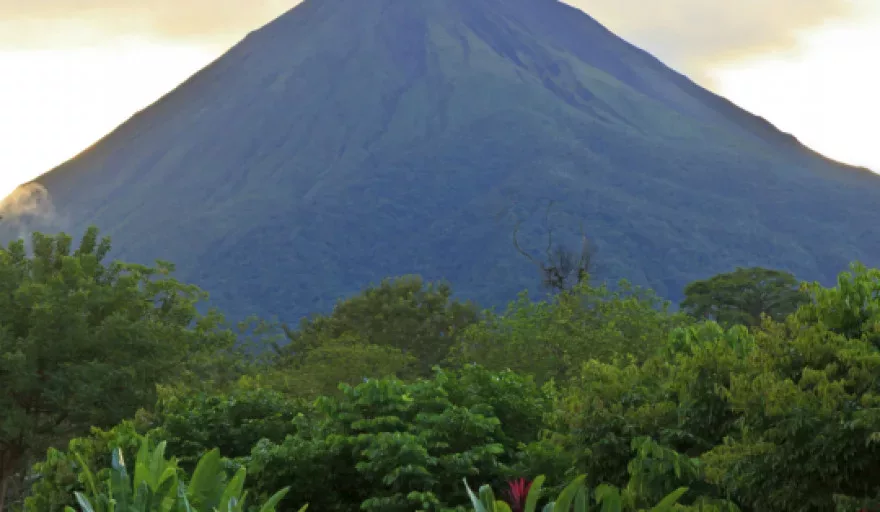According to the state-owned Costa Rican Electricity Institute (ICE), Costa Rica hasn’t had to burn fossil fuels to supply the grid with electricity so far in 2015, a stretch that has never been previously attained by any nation.
It is worth noting that not all of their energy has come from renewables as their vehicles, for example, still use fossil fuels, but what they have achieved is extremely impressive.
“The year 2015 has been one of electricity totally friendly to the environment for Costa Rica,” the ICE said in a statement last week.
As reported by Think Progress, the country’s clean streak is predominantly attributable to heavy rains experienced this year, which have kept four of the main hydroelectric power stations busy. In fact, these have been churning out so much energy that virtually all of 2015’s electricity demands have been met through these plants, according to Quartz. The remainder of the country’s grid requirements have been met through a combination of wind, solar, biomass and geothermal energy.
In Latin America, Costa Rica ranks second in terms of electricity service provision (behind Uruguay) with a household coverage rate of 99.4 percent. And thanks to this boon in renewables, citizens are shortly due a 12 percent drop in electricity rates this year and given the reserves so far accumulated, this downward trend is predicted to continue in the second quarter, Latin American Herald Tribune reports.
Costa Rica is determined to become carbon-neutral by 2021, which seems an achievable goal given that the country is currently meeting around 94 percent of its energy needs from renewables. Around 68 percent is sourced from hydroelectric power plants, followed by geothermal energy that contributes about 15 percent. This dedication to clean energy combined with the country’s broader environmental policies has meant that Costa Rica has been consistently ranked in the top five eco-friendly countries worldwide, according to The Telegraph.
Although what Costa Rica is achieving is something to aspire towards, it won’t be easy for many countries to follow in their footsteps. The tropical country is adorned with a string of active volcanoes that allow for geothermal projects, such as the $958 million endeavour approved last year. Costa Rica also experiences high rainfall and features a mountainous landscape, both of which are ideal for the generation of renewable energy. Furthermore, the country is able to invest substantial amounts into environmental issues due to the fact that it hasn’t had a military since in 1948.
While Costa Rica’s dependence on renewables is commendable, it also has its drawbacks and leaves the country vulnerable to the effects of climate change. A drought, for example, would impede their ability to produce electricity from hydropower stations. Furthermore, hydroelectric dams can have negative effects on fish populations.
Costa Rica is, of course, not the only country dedicated to going green. The EU has set renewable energy goals for 2020, but Sweden, Bulgaria and Estonia managed to meet these eight years ahead of schedule. China is also investing a substantial amount in renewables, which has been proposed to be a key factor in the fact that CO2 emissions stalled last year. Bonaire, a small Caribbean island, also currently produces almost all of its energy from renewable sources.

































